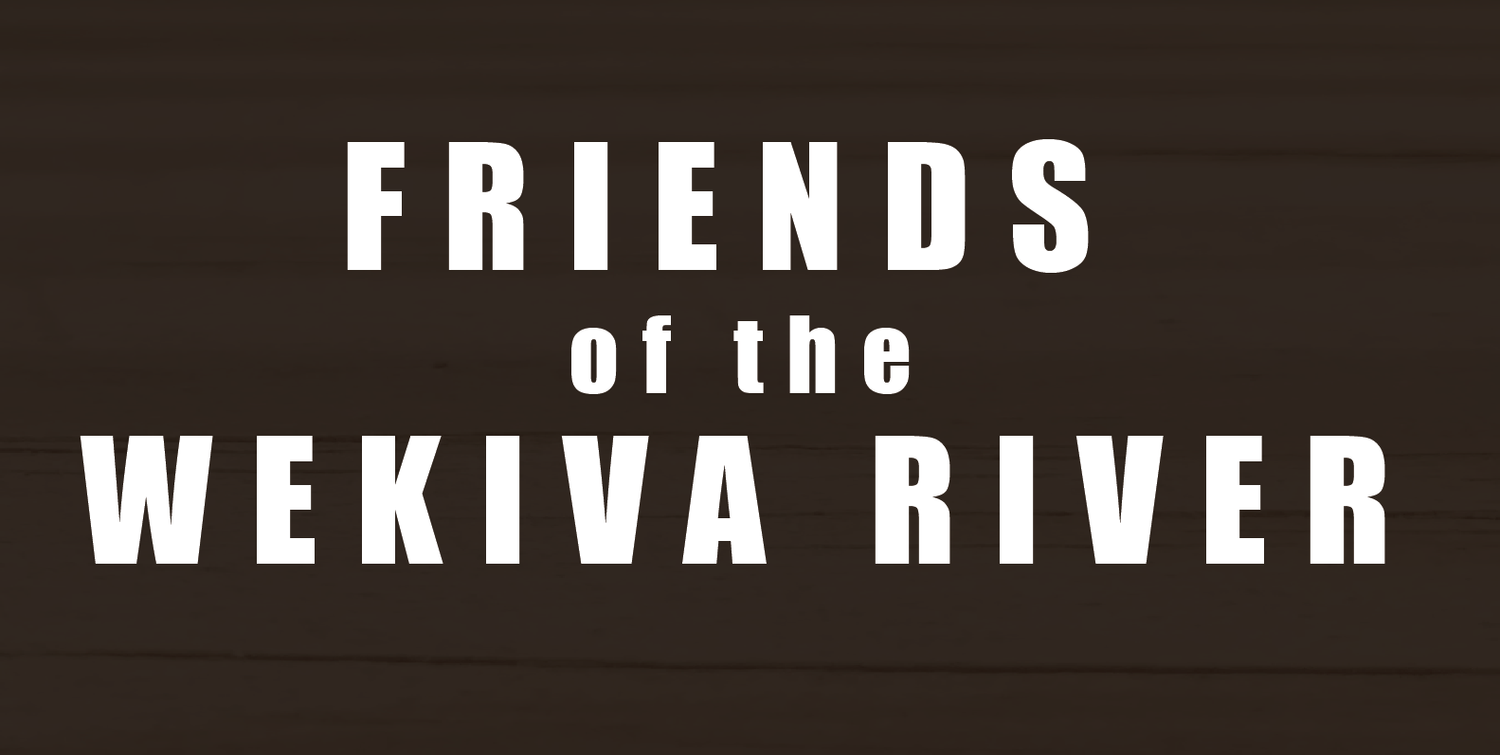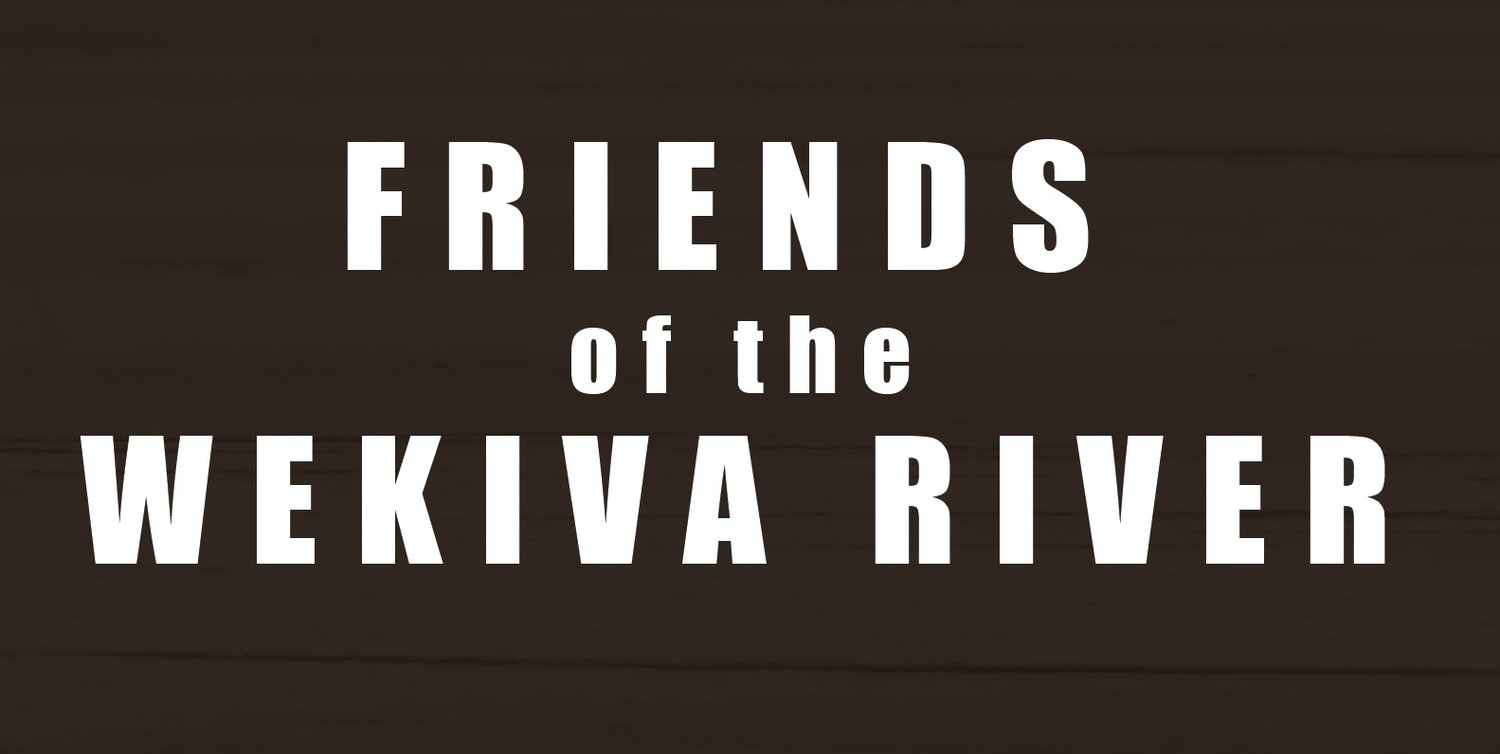Bears in the Neighborhood
The black bear’s remarkable resurgence in Florida has caused challenges for Seminole County homeowners.
By Jay Exum
Jay is a featured columnist on environmental issues for 2017 editions of Seminole Magazine.
The Florida black bear (Ursus americanus floridanus) has probably been the subject of more conversations, controversies, protests and political discussions in the last 5 years than in the previous 200. The bear is an iconic animal: on the one hand feared as a vicious predator, and on the other hand, the mascot of a sluggish economy. Bears are enigmatic in that they epitomize wildness and serve as a keystone species for mature, interconnected, natural landscapes. But, as we know from extensive news coverage over the last 5 years, particularly here in Seminole County, bears have infiltrated some of our neighborhoods, trespassed in our garages and, unfortunately, attacked people and dogs.
Bears have benefited from a statewide land acquisition and conservation strategy, and their resurgence in the Wekiva to Ocala wildlife corridor is a good illustration of that. This corridor includes the Ocala National Forest, Seminole State Forest and the 35,000 acres associated with state-owned lands around the Wekiva River, its tributaries and network of springs. A recently completed population assessment done by the University of Tennessee for the Florida Fish and Wildlife Conservation Commission showed that this central population of bears had increased to almost 1,200 bears in 2015—a dramatic recovery for a species listed as threatened until 2012.
For neighborhoods like mine in western Seminole County, interactions with bears have increased concurrently with this region-wide population expansion. Some of these interactions have been annoying and others even threatening and harmful. How is it possible that bears are both an indicator of pristine wilderness and a nuisance in suburban environments?
Bears are supremely adaptable and remarkably attracted to high-calorie human food, which, until recently, had been far too accessible, particularly on garbage pickup days. On top of that, the landscape in our 30-year-old community provides good bear habitat when native and ornamental plants bear fruit. It is replete with oak trees that produce reliable mast (acorns) that bears can easily devour from roads and sodded lawns. We have planted (and we fertilize) exotic palms with profuse fruit, bird of paradise trees that are irresistible to bears, and other ornamentals that bears forage on or sleep in. Bears feeding on acorns or palm fruit is generally accepted in my neighborhood so long as they don’t aggressively interact with humans or pets. When their behavior has been unacceptable, the disturbance has typically been related to sources of human food.
So almost 2 years ago, my homeowner’s association and a few others in Seminole County implemented BearWise programs that included purchasing bear-resistant trashcans, requiring that garage doors remain closed at all times, and implementing policies related to bird feeders, outdoor grills and the storage of pet food. Although bears still regularly lumber past the game cameras that I monitor at my house on the edge of the Wekiva forest, the number of nuisance interactions in our neighborhood has clearly diminished since we implemented BearWise. Today, when bears are observed in our community, their movements immediately generate Facebook posts on the neighborhood page—and the bears’ movements can almost be monitored in real time. It is clear from the comments that these observations are, for the most part, positive, safe and respectful.
It is exhilarating to me to know that we have initiated a conservation strategy in the Wekiva to Ocala wildlife corridor and across the state that has resulted in a resurgence of the local black bear population. The use of bear-resistant trash cans and the implementation of BearWise programs appear to be successful at reducing the number of nuisance interactions with bears. The objective of these programs is to discourage bears from lingering in neighborhoods and to eliminate access to unnatural foods. With continued efforts to manage artificial food sources, we can sustain bears in wildlife corridors and strike a balance between habitat protection and occasional forays into adjacent neighborhoods.
Jay H. Exum, Ph.D., is a wildlife biologist and board member of the Friends of the Wekiva River and the Florida Wildlife Federation.
Footnote: For more information on BearWise programs or to implement a program in your neighborhood, contact the Florida Fish and Wildlife Conservation Commission at Commission at BearManagement@MyFWC.com.




